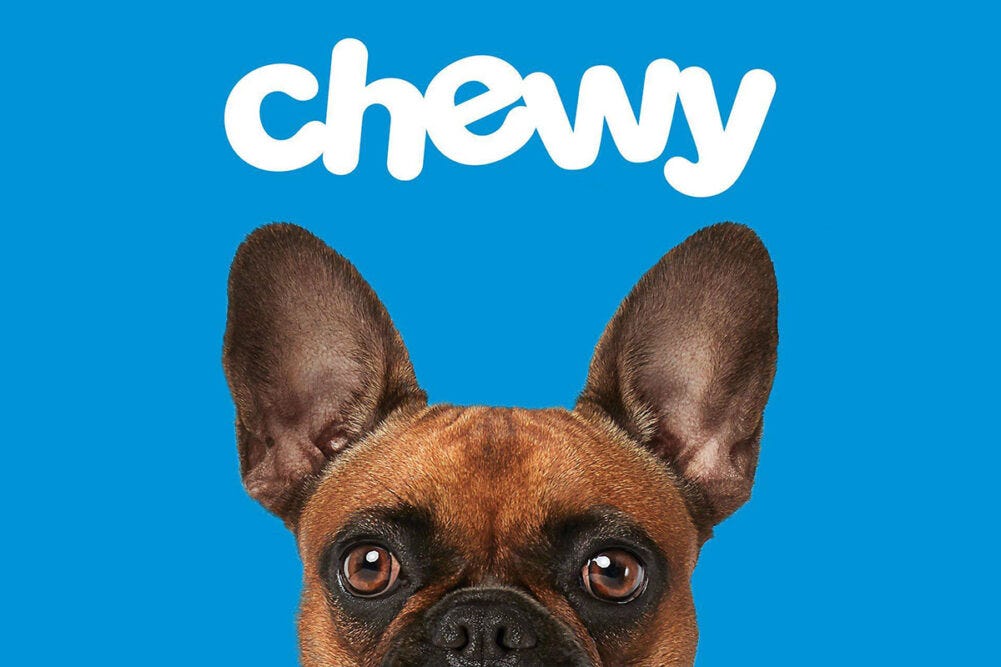3 Unconventional Ways to Grow Your Business That Actually Work
Expect the unexpected - real stories from businesses who won differently

When we talk about business growth, the same tactics always get the spotlight: run ads, optimize funnels, get your SEO right, post on social 5x a week. These work but they’re also crowded, costly, and often favour those with the most time or money.
If you're early-stage, bootstrapped, or just trying to grow smarter - there are other ways. Here are three underrated strategies that drive real growth. They won’t show up in a typical playbook, but they’ve worked wonders for some of the most successful founders out there.
1. Turn Customers into Co-Creators
Involve people early and they’ll stay with you for the long haul.
Most companies build something and then try to convince people to care. But some of the most beloved brands do the opposite: they bring customers into the creative process before there’s even a product.
This creates early buy-in, ongoing feedback, and a sense of ownership that no marketing campaign can replicate. Basically, people love what they help create.
💡 How Glossier did it
Emily Weiss didn’t launch Glossier with a bunch of ads. She started with Into The Gloss, a beauty blog that built a loyal audience. She asked them what they wanted in a skincare brand—and then built it. When Glossier launched, it already had an army of customers who felt like it was their brand too. The result? A $1B+ brand built almost entirely on word-of-mouth and loyalty.
“People often ask how we grew so fast,” Emily says. “The answer is we listened to our community - before we ever sold a thing.”
💡 How Duolingo does it
Even now, Duolingo runs in-app experiments where users vote on features, storylines, and UI changes. They call it “learning out loud.” It not only improves the product, but keeps users engaged and vocal about their experience.
Practical Ideas to Try
Launch a mini survey and share the results publicly
Use Instagram polls or LinkedIn posts to test new ideas
Let early customers vote on names, features, or pricing
Start a tiny advisory board made of your most active users
It’s not just about scale, it’s about belonging.
2. Create a Movement, Not Just a Product
People want to join something. Give them a reason.
Most founders sell products. Great founders sell belief systems. They define a “why” that resonates so deeply that customers don’t just buy, they identify.
When you lead with a mission, you attract like-minded people who don’t just want your thing. They want to be part of your world.
💡 How Liquid Death did it
It’s water. In a can. That looks like a beer. Sounds ridiculous, right?
But Liquid Death isn’t really about hydration. It’s about rebellion, sustainability, and standing out. Their slogan? “Murder your thirst.” Their aesthetic? Death metal. Their ads? Outrageous.
They’ve made a boring, commoditized product into a statement. And it’s working:
Valued at $700M+
Viral growth with almost no traditional marketing
People wear the merch
Founder Mike Cessario: “We didn’t sell water. We sold a lifestyle. A rebellion. Something fun.”
💡 How Tony’s Chocolonely did it
This Dutch chocolate company has one mission: 100% slave-free chocolate. Their packaging is loud, their storytelling is radical, and they center ethics in everything they do. It makes them stand out in a saturated market, because they stand for something.
Practical Ideas to Try
Clarify your bold belief: What are you fighting for or against?
Use your “About” page or social bio to tell a story—not just a list of features
Create language or rituals your customers can adopt (like “murder your thirst”)
Start with a manifesto, not a pitch
3. Overinvest in Unexpected Delight
Most businesses focus on acquiring new customers. But real growth comes from delighting the ones you already have - so they stay, spend more, and spread the word.
A small, surprising moment of care can turn a forgettable experience into a magical one. It creates emotional stickiness, especially in commoditised markets
💡 How Chewy did it
Chewy isn’t just a pet supply company, they’re in the business of customer devotion. They’re known for sending handwritten notes, gifts, and even flowers when a customer’s pet passes away. That’s not scalable. But it’s unforgettable.
“Chewy sent me flowers when my dog passed away. I cried. I’ll never shop anywhere else.” — Customer tweet with 100K+ likes
Those stories don’t just build loyalty, they do the marketing for them.
💡 How Mailchimp did it
Before it was acquired, Mailchimp made email marketing feel… fun. Microcopy like “This is your moment of glory!” after you hit send created delight in an otherwise dry task. People tweeted it. Shared it. Felt something.
Practical Ideas to Try
Add a voice note to your onboarding email
Include a handwritten card in your packaging (even a postcard works)
Send surprise thank-you gifts to your top 5 customers
Create fun micro-moments in your product (a celebration when someone completes something)
Delight is your secret growth engine. The bar is low, most companies don’t even try
Most growth playbooks focus on what scales. But real, lasting growth often starts with what doesn’t - especially if you’re scrappy and close to your customers. And in today’s day and age, people’s attention is so limited that you NEED to do this for growth.
You don’t have to “HACK” your way to growth. You can CARE your way there.
💌 Like this post?
If this sparked an idea or reminded you why you started, consider referring it to a friend who’s curious about business or building something big.
Or hit the ❤️ to help more people discover it.
10 Referrals will get you instant access to our Collection of advice from business leaders & founders - priceless wisdom that I’ve collated over my years of working with them.
Until next week,
Nareen






